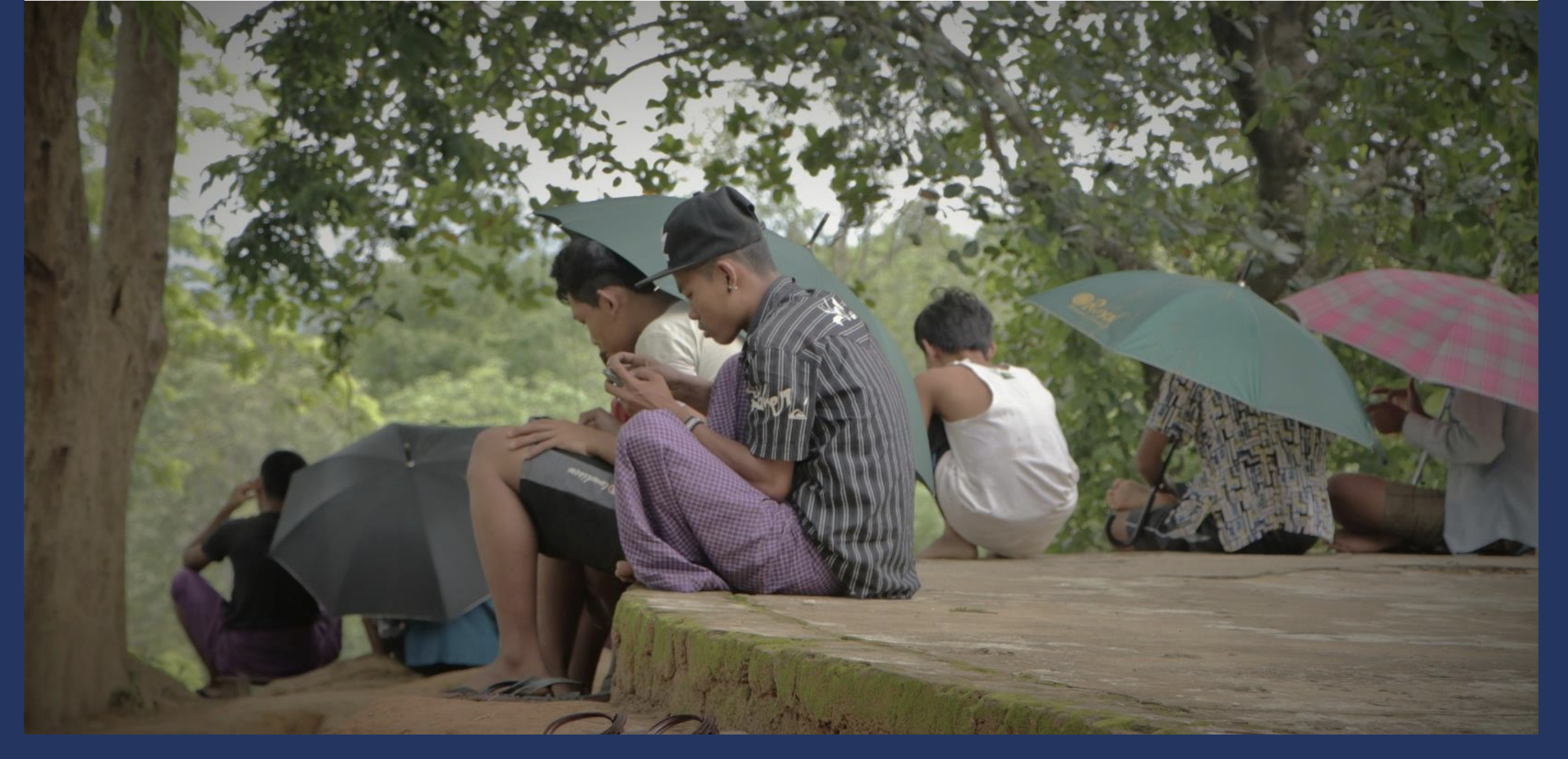Exposing the Impact of Recent Network Disruptions in Myanmar and Bangladesh
Human Rights Situation in Myanmar
General Background
Home to the world’s longest running civil war, Myanmar has not had peace. The military junta which seized power through a coup in 1962, isolated and ruled Myanmar until 2010. In 2010, the Tatmadaw handed over power to a quasi-civilian government, led by the military-backed Union Solidarity and Development Party (“USDP”) which was ultimately defeated by Aung San Suu Kyi’s National League for Democracy (“NLD”) in the 2015 elections. Despite the civilian-led government, the 2008 military-drafted Constitution has enabled the military to maintain significant control. For instance, the key ministries of Defence, Border Affairs, and Home Affairs are not under the civilian government purview; they report to and are overseen by the military Commander in Chief, Min Aung Hlaing, While the NLD currently has a majority of parliamentary seats, 25 percent of the seats in each house of parliament are reserved for military members, and the 2008 Constitution requires a three-quarters majority vote for constitutional amendments. The civilian government is essentially kept in check, its authority limited by the military’s effective veto power.
Myanmar is one of the most ethnically diverse countries in Southeast Asia, with a large number of groups with various ethnic, cultural, linguistic and religious backgrounds. Protection of minority rights and autonomy were key guarantees of the 1947 Panglong Agreement (“Panglong”). Proposed by Myanmar’s independence leader General Aung San, Panglong was to be the foundation for a federal, democratic Myanmar. However, General Aung San and members of his interim government were assassinated in 1947 before the aspirations of Panglong were fully realized, and instead of embracing the country’s diversity, the military utilizes interethnic conflicts as a means of maintaining power.
Under the military’s 1982 Citizenship law, the population is categorized into eight major ethnic groups or Taiyingtha (“sons of the soil”) and are further broken down into 135 “national races”. The Bamar/Burma make up nearly 70 percent of the total population, while Kachin, Karenni, Karen, Chin, Mon, Rakhine, and Shan make up the other major ethnic groups. The Rohingya are excluded from the official list and are not considered by the government to be citizens of Myanmar. The Tatmadaw institutionalized Bamar hegemony in all facets of civil, political and cultural life, at the expense of ethnic minorities rights. Ethnic armed organiations (“EAOs”), seeking greater autonomy and self-determination, have launched insurgencies which continue to this very day in numerous parts of the country including Rakhine and Chin states to the west, and Kachin and Shan states in the north. The Tatmadaw often hold themselves out as the “saviors” who are keeping Myanmar from disintegration against the ethnic internal forces seeking to destroy it.

